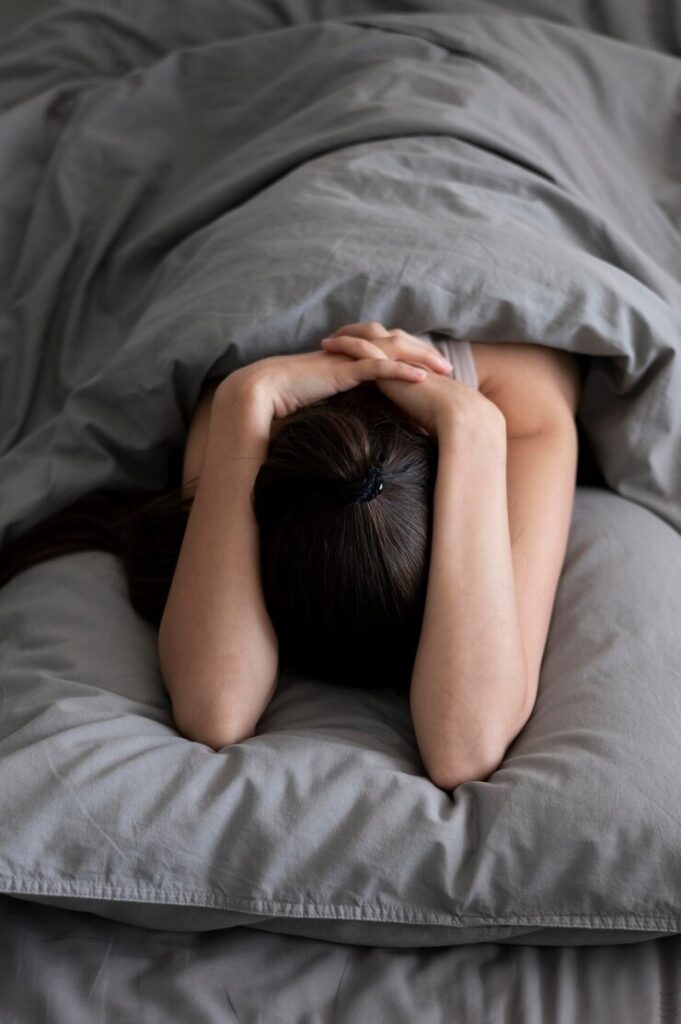For some people, falling asleep isn’t relaxing—it’s terrifying. While most of us see sleep as a chance to rest and recharge, individuals with somniphobia (also known as hypnophobia) experience intense fear or anxiety at the thought of going to sleep. Like other specific phobias—such as fears of spiders, heights, or clowns—this fear may seem irrational, but for those affected, the distress is very real.
What Is Somniphobia?
Somniphobia is a persistent fear of falling asleep. Unlike other phobias that can sometimes be avoided, sleep is a basic human need, making this fear particularly disruptive. Chronic sleep avoidance can lead to serious health issues such as obesity, heart disease, and diabetes. The fear of sleep doesn’t just affect nighttime—it can take a toll on every aspect of daily life.
Common Symptoms
Symptoms of somniphobia often resemble those of panic attacks or generalized anxiety and may include:
-
Sweating
-
Rapid heartbeat
-
Shortness of breath
-
Trembling
-
Intense fear or dread at bedtime
-
Avoiding sleep at all costs
Some people even experience fear in situations that remind them of sleep, like shopping for a mattress. While these symptoms can overlap with panic disorders, somniphobia is usually triggered by a specific scenario—sleep itself.
What Causes Somniphobia?
There’s no single cause of somniphobia, but it’s generally believed to result from a mix of genetic and environmental factors. Many phobias begin in childhood and may be more likely if a close relative has similar fears. Women tend to experience phobias more frequently, and they may also occur alongside other anxiety disorders.
Somniphobia can also be tied to traumatic experiences. For example, people with post-traumatic stress disorder (PTSD) or nightmare disorder may dread going to sleep due to disturbing dreams or a heightened sense of vulnerability. Others may develop a fear of sleep due to repeated episodes of sleep paralysis—brief moments where they can’t move and may experience hallucinations upon waking or falling asleep.
How Somniphobia Is Diagnosed
Mental health professionals refer to the Diagnostic and Statistical Manual of Mental Disorders (DSM) to identify phobias. A person may be diagnosed with somniphobia if they:
-
Experience intense fear or anxiety about sleep
-
Feel anxious almost every time they try to sleep
-
Avoid sleep altogether
-
Have symptoms that interfere with their daily life
-
Have been dealing with these symptoms for over six months
-
Experience fear that’s out of proportion to the actual threat
-
Don’t have another mental health condition that better explains the symptoms
Treatment Options for Somniphobia
Somniphobia is treatable, and there are several approaches that can help:
1. Exposure Therapy
Exposure therapy involves gradually confronting the feared situation—in this case, sleep—in a controlled and safe environment. You might start by simply changing into pajamas in the early evening. With the help of a therapist, you’ll work through steps that bring you closer to your goal: falling asleep without fear. Over time, your anxiety can decrease as you build coping strategies. This method has shown success in more than 90% of people with specific phobias.
2. Cognitive Behavioral Therapy (CBT)
CBT focuses on identifying and changing negative thought patterns. If you fear sleep because it feels unsafe, a therapist will help you reframe that belief and develop healthier ways of thinking and behaving. CBT often overlaps with exposure therapy and can be especially effective for both children and adults.
3. Medication
There’s no medication designed specifically for somniphobia, but some drugs may help manage symptoms. These include:
-
D-cycloserine: May enhance exposure therapy, but more research is needed.
-
Cortisol or Oxytocin: Sometimes used experimentally to reduce fear during exposure sessions.
-
Benzodiazepines: Used for short-term relief of anxiety but can be habit-forming.
-
Beta blockers: May help ease anxiety before sleep-related situations.
Sleep aids might offer temporary relief but aren’t usually recommended for long-term use, especially without a doctor’s supervision.
Lifestyle Support
In addition to therapy and medication, healthy lifestyle choices can support recovery:
-
Exercise regularly
-
Reduce caffeine intake
-
Stick to a consistent sleep routine
-
Practice relaxation techniques like breathing exercises, meditation, or yoga
Final Thoughts
Somniphobia can be overwhelming, but with the right treatment and support, it’s possible to overcome it. Whether you’re experiencing fear due to nightmares, trauma, or sleep paralysis, you’re not alone—and help is available. Talk to a licensed therapist or sleep specialist to get started on the path toward restful nights and better health.



